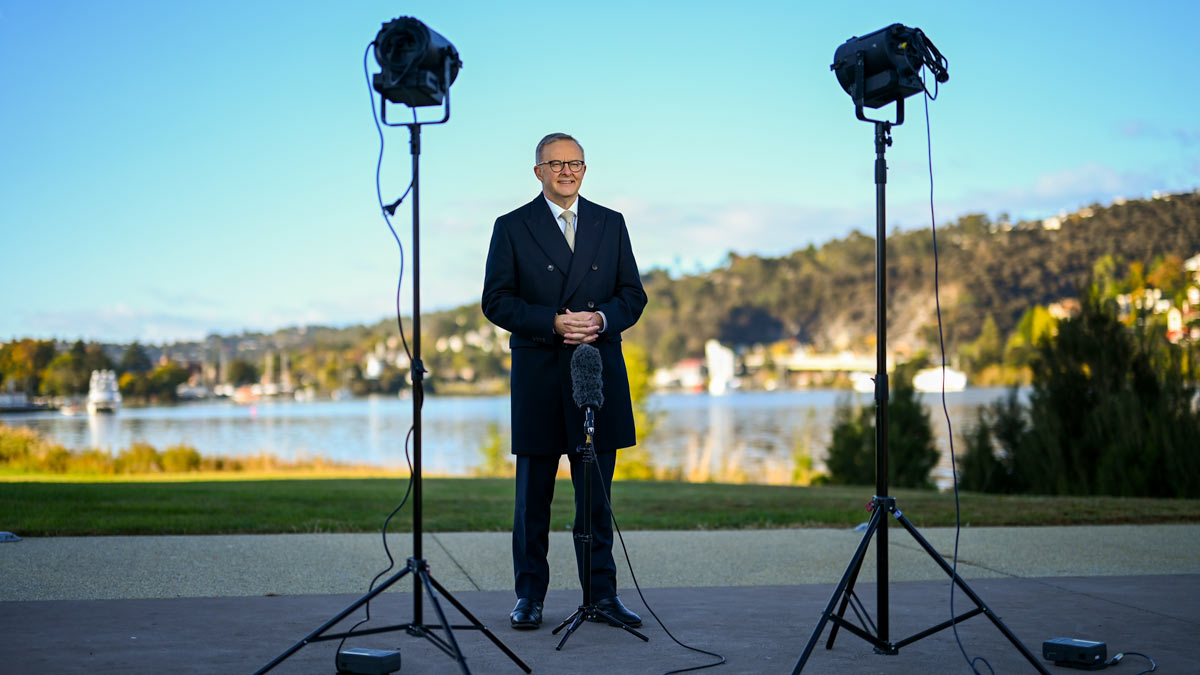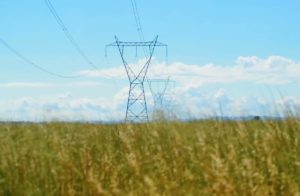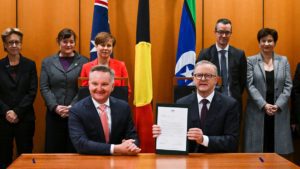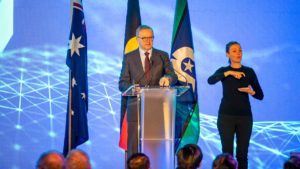The 2019 election sticks in my memory very well, even though I wasn’t even in the country when it happened. The reason was simple. A collection of media outlets – mostly News Corp but plenty of others, too – took part in a feeding frenzy of climate delay.
What would happen is this: the Coalition government would start the day with a dumb but superficially convincing treat of disinformation kibble. Political journalists from a range of outlets would flock greedily to snaffle it up, repeating it across their platforms. One day later, an outlet like RenewEconomy or Guardian Australia would debunk it.
This 2022 election saw a few moments of the same. As I recently wrote here at RenewEconomy, Angus Taylor dropped a bullshit bill rise figure, and both the Coalition and their advocates at News Corp tried to run a weird and silly campaign to label the ‘Safeguard’ policy shared between the two parties as a “sneaky carbon tax“.
The campaigns fell immediately flat. There simply wasn’t any countervailing pro-climate push for the disinformation to find purchase upon. This election was different. It wasn’t a ‘climate election’ – it was a ‘DO NOT TALK ABOUT CLIMATE election’.
This was reflected in a little data collection exercise I began just before the start of the marathon six-week campaign. For politicians in the Senate and House of Representatives, and for members of the Australian press gallery, I’ve collected all of their tweets since mid April. I’ve also collected tweets from media outlets, but for a much more limited window (about half of April).
The stories from this dataset are pretty much as you might expect. Whenever climate and energy issues did come up, it was in response to a confected claim. Other than that, the issue essentially didn’t exist. The exceptions were media outlets like RenewEconomy, Guardian Australia and Crikey.
In politics, Greens and Independents like Zali Steggall focused heavily on climate issues, while Coalition and Labor politicians studiously ignored it. The Labor party even actually have a notably smaller proportion, mostly due to the fact that as a party, they used Twitter far more heavily than the Coalition.


The way establishment media outlets and major political parties tried to erase climate as an issue in the election was badly disconnected from what happened on the ground.
Greens and teal campaigns seemed to rely heavily on door knocking and face-to-face conversations with voters, and included many conversations about the immediate impacts of climate change, particularly the recent floods in Queensland but also the horrific 2019-20 bushfires.
These also seemed to blend with a collection of other major issues – the rising cost of fuel, insecure working conditions and political corruption – which all interrelate closely with climate.
The ABC’s own ‘Vote Compass’ poll was among many that showed, very simply, climate change is the number one issue for voters in Australia. Climate was the top issue for 29% of respondents; the next highest was cost of living at 13%.
“It has also shot ahead as a topic of concern in recent years, jumping from 5 per cent of Australians saying it was their most important issue in 2016 to 27 per cent in 2019 and 29 per cent in 2022.”
Yet these made very little difference to the decisions being made in newsroom to only mention climate when that involved repeating verbatim disinformation from the former government (god it feels good to write those words).
Now do a topic frequency analysis of media coverage and see if it matches these#ausvotes pic.twitter.com/tI1nOLezQj
— Ketan Joshi (@KetanJ0) May 21, 2022
Via @workmanalice – Traditional media outlets de-prioritised "environment" (I'm guessing this is mostly climate), but it was comfortably the most discussed issue on social media.
My own analysis on this coming soon….https://t.co/1pvdTDeuyc pic.twitter.com/InCckdRgJu
— Ketan Joshi (@KetanJ0) May 23, 2022
Most major media outlets, particularly News Corp and other large commercial groups, failed to reflect public concern about climate.
Their main obsessions revolved around “gaffes” and Anthony Albanese’s memorisation skills, leading to several extremely unedifying moments featuring shouty journalists trying to score a ‘win’ for themselves. The total absence of prompts and releases from the major parties on climate made ignoring the issue a breeze for media.
If Morrison pulls of a 2nd 'miracle' and wins – this will be seen as the moment it turned https://t.co/M7soiisMyf
— David Lipson (@davidlipson) April 11, 2022
Woah, a huge gaffe by Scott Morrison – he's actively enabling the burning of fossil fuels in a way that fails to prevent the catastrophic impacts of global heating outlined in great detail by a vast litany of contemporary science. What a howler!!!! An unforced error!
— Ketan Joshi (@KetanJ0) April 11, 2022
Each of these political and media decisions has been shown to be profoundly misinformed. Both major parties under-performed, with Labor barely scraping through a majority.
The Greens party and the climate-themed independents have seen several shock wins. But even when climate change did come up from establishment politicians and media, it was always about ‘optics’ or ‘perceptions’
We also need to change how climate change is covered in Australia. Climate policy shouldn’t be framed as a political calculation that’s won or lost in party backrooms and opinion pages. It’s about communities facing climate impacts, if policies will actually reduce emissions etc. https://t.co/HAno1ttMKb
— Jo Lauder (@jolauder) May 22, 2022
The ‘Teal wave’ that swept through rich, conservative Liberal heartland (and unseated the damn Treasurer) is now being characterised as a “return on investment” from Simon Holmes à Court’s Climate200 fundraising body, as opposed to a moment of real and significant connection between candidates on climate and corruption.
Conservatives are looking at the result and demanding the Coalition shift further right, while the few remaining “moderates” lament that they didn’t start greenwashing earlier.
The ABC described the Greens’ incredible success in Queensland as merely “teal stand-ins”. Former Labor leader Bill Shorten put the Greens’ vote in Queensland down to “affluent” voters who “don’t have anything to worry about”.
The gap between the Australian public – increasingly worried about climate and now actually voting like it – and establishment political and media forces has grown stunningly wide. Two groups that promise to serve the interests of the people, but over the course of six weeks engaged in a massive, stunning failure to even begin to meet that criteria.
A massive reckoning is needed, because the next three years of climate issues – impacts, policies, solutions, technologies and social and cultural trends – will only become more intense.
The major parties can choose to double down on their refusal to fully engage with climate, or they can turn their ships around and rejoin Australian society’s real, physical sensation of urgency. It’s up to them now.










